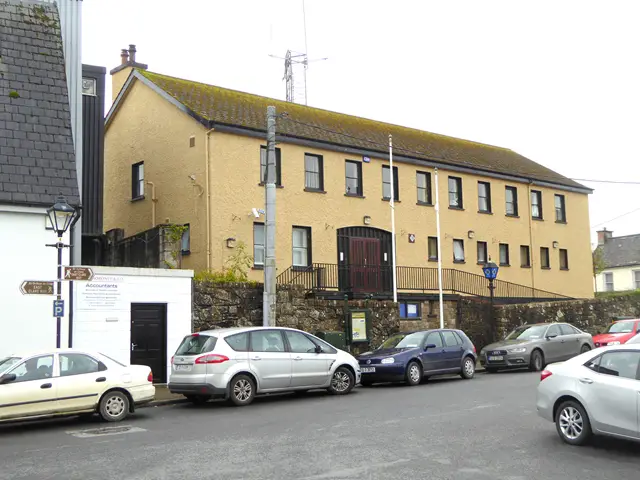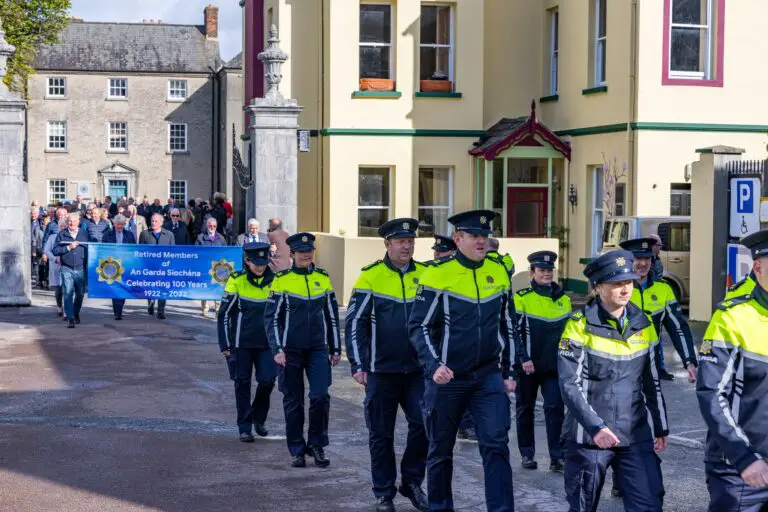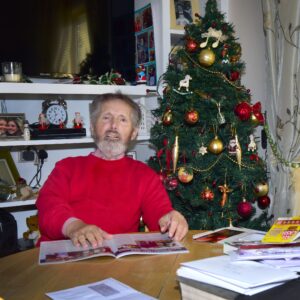*Photograph: John O’Neill
AN AMALGAMATED Garda Division of Clare and Tipperary has been “a logistical nightmare,” the Dáil has heard.
Plans to amalgamate the Garda Divisions of Clare and Tipperary were first announced as far back as August 2019 but came into effect in August 2023.
Speaking in the Dáil on Wednesday, Tipperary TD, Alan Kelly (LAB) said councillors in the Nenagh Municipal District came out of a meeting with the Garda superintendent “shocked because he more or less admitted that he did not have the resources in the Tipperary-Clare division to meet the requirements of the area. He was pretty matter-of-fact about it. He has to be admired for how blunt he was with the councillors”.
Pay and work conditions in An Garda Síochána are a major issue, the former Labour leader flagged. “As a division, why Tipperary-Clare was set up is bizarre because it is a logistical nightmare. Many of the Gardaí are burnt out. Let us look at a scenario in Roscrea, where there were not enough Gardaí. A Garda went from Newport on secondment for six months to cover Roscrea. Newport to Roscrea is not a short distance but he had to go for six months. That leaves Newport short a Garda. There is no marked police car in Newport. Roscrea has a 2012 Ford Focus, a community policing car. Killaloe Garda station, which is part of the same Nenagh-Killaloe area, has no marked car.

“We have the Garda Training College in Templemore. There is currently a position there in the actual Garda room in the college. Hundreds of gardaí have applied for the position, to get away from front-line policing. They do not want to continue given what they have to put up with. Members in the division on long-term sick leave are not being replaced because there is no one to replace them. Gardaí are being put into areas where they have no local knowledge, so there is a deficit in actual response times. Bureaucracy on small issues is taking up a lot of time. We are taking gardaí from smaller towns and bringing them to bigger towns. Community policing units and crime task-force units are great in theory but when gardaí are being taken for these from front-line policing in stations and the stations are being left vacant, what is the point? We are robbing Peter to pay Paul,” he added.
Junior Minister at the Department of Children, Equality, Disability, Integration and Youth, Joe O’Brien (GP) responded, “I can assure the Deputy that the Garda Commissioner and his management team keep the distribution of Garda members and resources under constant review. This is done in light of operational needs and in close consultation with local Garda management in each division”.
He continued, “To assist with recruitment, the Government increased the training allowance and increased the age of entry from 35 to 50. The Minister has also secured a significant increase in the training allowance which now means that trainees are paid €354 per week. The Government is determined that An Garda Síochána grows to 15,000 members and beyond. We are seeing growing momentum in recruitment and more and more gardaí are coming through the Garda Training College and onto our streets. Last month the Minister was delighted to witness 108 new Garda members attesting. This is the third graduation ceremony of the year, with 165 members attested in March and a further 157 in June”.
According to the Junior Minister, there are 656 Gardaí assigned to the Clare-Tipperary division which is an increase of ten since 2015. As of the same date, 164 probationer gardaí have been assigned to stations within the Clare-Tipperary division since 2020. There are also 129 Garda vehicles in use in the division.











